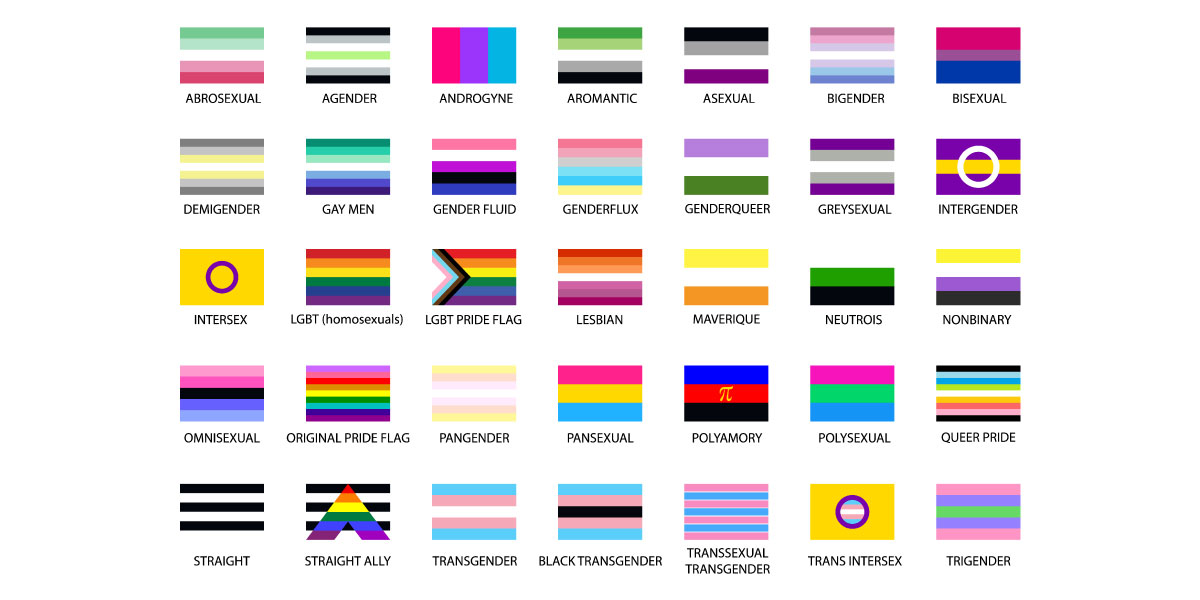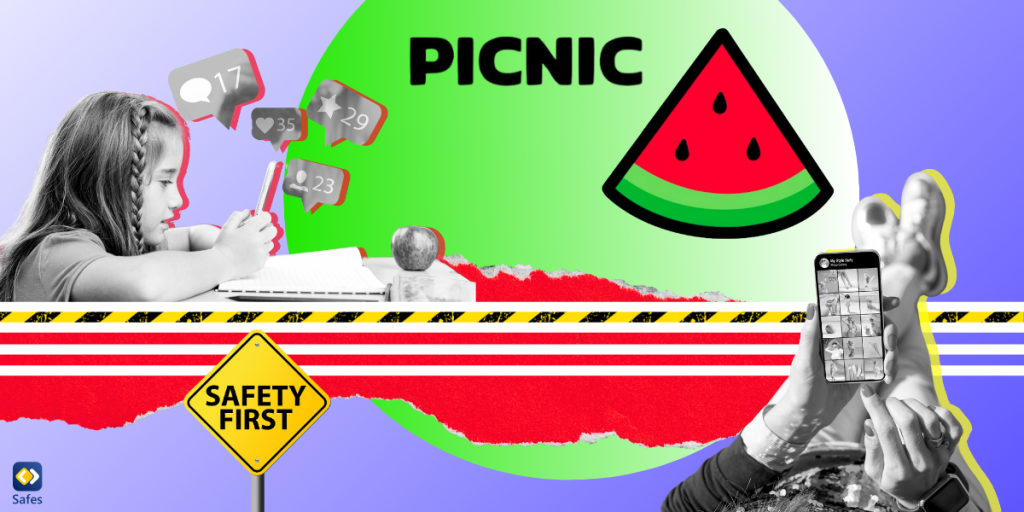Creating a safe and open space for your child to explore their identity is an important part of parenting. But explaining LGBTQ (Lesbian, Gay, Bisexual, Transgender, and Queer/Questioning) to a child can be a daunting task. How do you explain LGBTQ in an age-appropriate way? This blog will discuss how to explain LGBTQ to a child, what to consider when talking to your child about LGBTQ, and why it’s an important topic to be discussed.
Download and Start Your Free Trial of the Safes Parental Control App
Why is Discussing LGBTQ+ With Children Important?
Discussing LGBTQ with children is important since it helps to create an open and accepting environment for them. It shows your child that you are supportive and understanding of their identity. It also helps to create a safe space for your child to explore their identity without judgment. By discussing LGBTQ with your children, you are helping to create a more inclusive and accepting society.
Talking to Your Child
According to Pew Research Center, the average age of coming out is around 20 years. However, teenagers tend to know for sure that they are LGBTQ around 17 years old. The participants had their first thoughts and doubts about being LGBTQ at around the age of 12. Therefore, it may be challenging to talk to a younger child about their sexuality or gender. However, having an open conversation is a great way to help them feel more comfortable discussing their identity. When discussing LGBTQ with a child, it’s important to consider their age and ensure the conversation is at the right time. If your child is old enough to understand, you can explain the key terms in an age-appropriate way. For example, you can explain what the letters LGBTQ stand for. You can also explain that these terms refer to someone’s sexual orientation and gender identity.
It’s best to be open and clear about the key terms. This can help your teen to understand their identity and their LGBTQ peers better. Let’s look at some tips to explain pride to a child:
- Keep the conversation simple and honest: By keeping the discussion simple and relatable, your child will be able to grasp the information better.
- Listen without judging: To maintain a healthy conversation, it’s beneficial to keep things light, positive, and without judgment. They will share their stories easily as well when you are open and not judging.
- Promote acceptance and diversity: A parent’s role is to set the tone for allyship by promoting a healthy relationship between their children and the subject of acceptance and diversity. It’s never too early to start talking about love and why it’s so important to support the LGBTQ+ community.
- Be positive and affirming: Keep a positive attitude and meet your child where they are.
- Let them know they are not alone: When they start to think they might be LGBTQ+ you can let them know that they are not alone. There are a lot of LGBTQ+ flags that represent the whole community, these can make teens feel included and part of a bigger group of peers.

Preparing to Talk
When preparing to talk to your child about LGBTQ, it’s important to understand your own feelings and adopt a positive attitude. It’s crucial to adopt a positive attitude and create an open and safe space for your child to explore their identity. Show your child that you are open to talking about their sexuality and gender and that you will be supportive no matter what. Celebrate the conversation and show your child that you are proud of them for being open and honest with you. Make sure that you are prepared to answer any questions that your child may have.
Understanding Your Own Feelings
Before talking to your child about LGBTQ, it’s important to consider your own feelings about the topic. It’s important to be honest about your feelings so that you can have an open and honest conversation with your child. You may have strong feelings about the topic, so it’s important to take time to reflect on them. This will help you to have a positive attitude when discussing LGBTQ with your child. Your feelings can also impact your child unconsciously; therefore, you need to be aware of how you speak about the topic.

Extra Resources
Positive environments are essential for all youth to thrive. However, LGBTQ+ youth’s needs may differ from those of their heterosexual peers. CDC offers LGBT youth resources from other government agencies and community organizations. These resources can help LGBT youth and their parents, friends, and family members. You can also use Planned Parenthood to acquire numerous resources to help LGBTQ teens and allies get the support and information they need. If you are looking for hotlines and chat services, the Human Rights Campaign has listed them for LGBTQ youth and their parents or guardians.
Pride Activities for Kids
If you are struggling with how to explain pride to your child, there are plenty of at-home activities for kids to learn about pride or sexual orientation:
- Reading about pride for young children
- LGBTQ+ themed movies
- LGBTQ+ themed books
- Pride-related craft ideas
- Age-appropriate videos about sexual orientation
Conclusion
To sum it all up, children must be aware of their gender and sexual identity. In today’s society, social media can help by giving your child a support system since it’s easier to find people online. Although it’s very important to be aware of online predators and how to avoid them. If you want your kid to use social media in a moderate amount and also supervise their activity, you can read our comparison of the best parental control apps.
One of the best parental control apps is Safes which helps you monitor and protect your child online from dangers like bullies or predators. You can download Safes for Android and iOS, and it’s also possible to use it on your Windows device. Ready to take control of your child’s online safety? Start with a free trial of Safes today.
Your Child’s Online Safety Starts Here
Every parent today needs a solution to manage screen time and keep their child safe online.
Without the right tools, digital risks and excessive screen time can impact children's well-being. Safes helps parents set healthy boundaries, monitor activity, and protect kids from online dangers—all with an easy-to-use app.
Take control of your child’s digital world. Learn more about Safes or download the app to start your free trial today!




